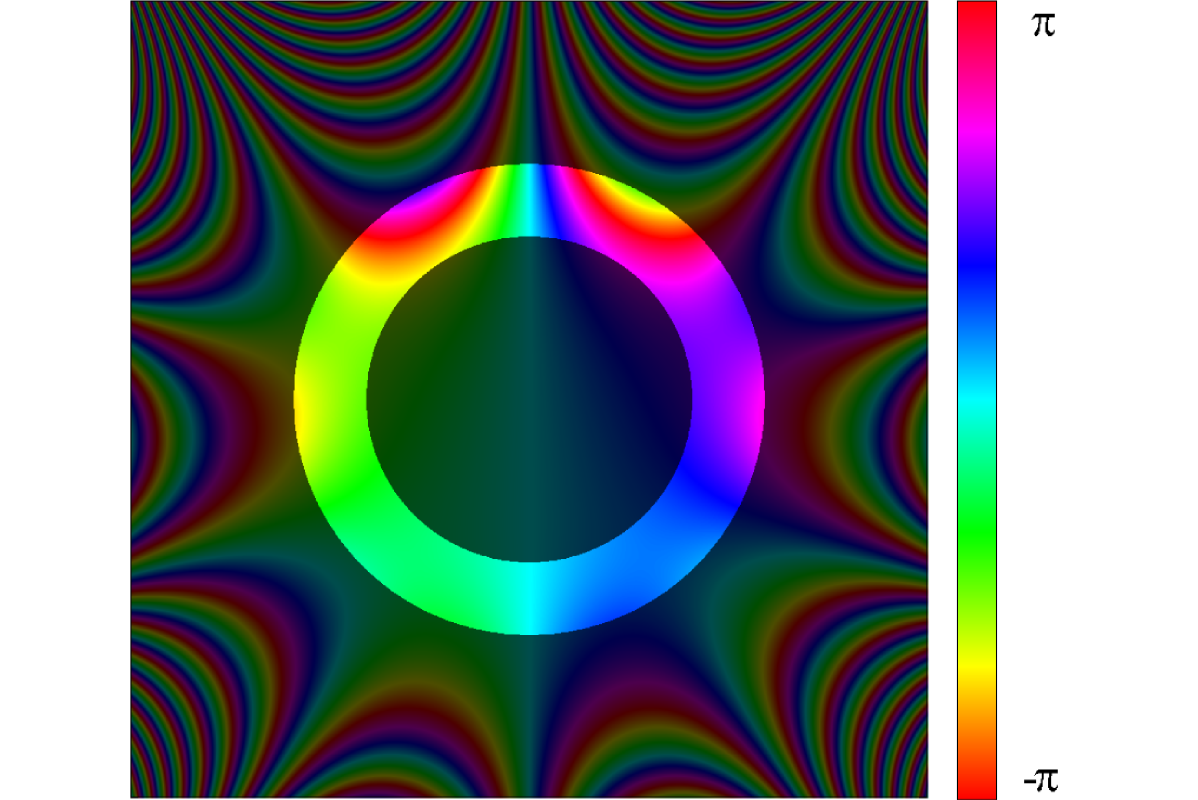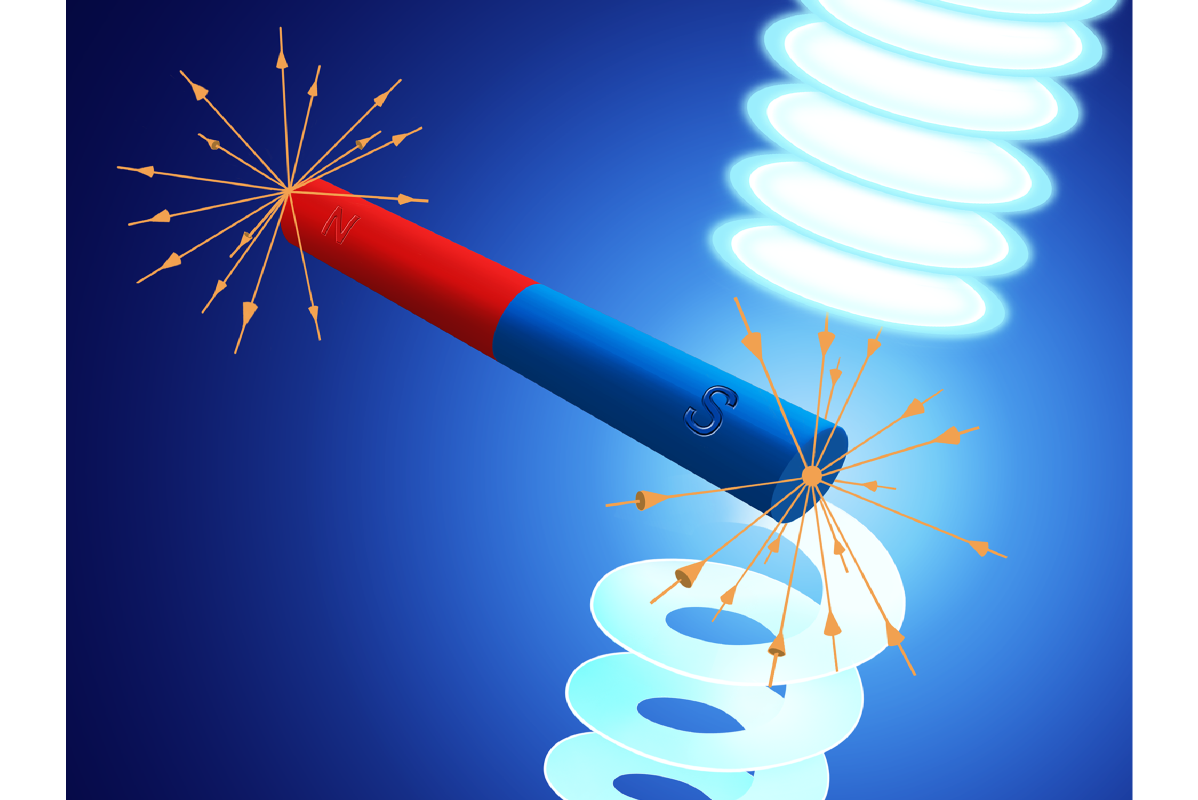IT-1-IN-2012 Advances in electron vortex experiments in the TEM
Electrons in a transmission electron microscope are successfully described by linear combinations of plane waves. The sample and the magnetic lenses deform the wavefronts of these waves in a way that transfers information from the sample onto a detection plane. Alternatives to this plane wave basis are however possible and especially cylindrical harmonics are an interesting option. The plane waves are replaced by waves which have a typical azimuthal phase factor exp(i m φ) with φ the angle in the plane perpendicular to the optical axis and m the so-called topological charge. Such waves are orbital angular momentum (OAM) eigenstates in the sense that a normalized cylindrical wave carries exactly mħ angular momentum around the cylinder axis. These waves are often referred to as vortex waves and they attract considerable attention in many different fields of physics including optics, acoustics, radio communication and quantum information [1].
Electron vortices were theoretically predicted to possess also a quantised magnetic moment mµB on top of the common OAM of mħ due to their electrostatic charge [2]. It took untill 2010 before pure electron vortex modes were demonstrated in a transmission electron microscope [3,4]. Since then, many different ways of producing these waves have followed (see e.g. fig.1), each with different advantages and disadvantages. The latest addition, sketched in fig.2, is the production of electron vortex waves making use of a thin single domain magnetic needle approximating a magnetic monopole [5]. This method holds great promise as it offers pure vortex modes at full beam current. Apart from producing single vortex modes, we also focused on the detection of the OAM in an arbitrary wave. Several methods are possible and will be discussed. In terms of the interaction with a sample we observed magnetic dependence in EELS spectra of ferromagnetic samples relating to electron magnetic chiral dichroism and its X-ray counterpart X-ray magnetic chiral dichroism. On top of this, we will discuss the use of vortex beams in elastic diffraction and the transfer of angular momentum to rotate nanoparticles.
References
[1] J. F. Nye and M. V. Berry., Proc. of the R. Soc. of London. A. 336/1605 (1974) 165.
[2] K. Bliokh et al., Phys. Rev. Lett. 99 (2007) 190404.
[3] M. Uchida and A. Tonomura., Nature, 464/7289 (2010) 737.
[4] J. Verbeeck et al., Nature 467/7313 (2010) 301.
[5] A. Béché et al., Nat. Phys.10/1 (2013) 26.
This work was financially supported by the European Union: ERC grant 246791 COUNTATOMS, ERC Starting Grant 278510 VORTEX, Integrated Infrastructure Initiative grant 312483-ESTEEM2.

